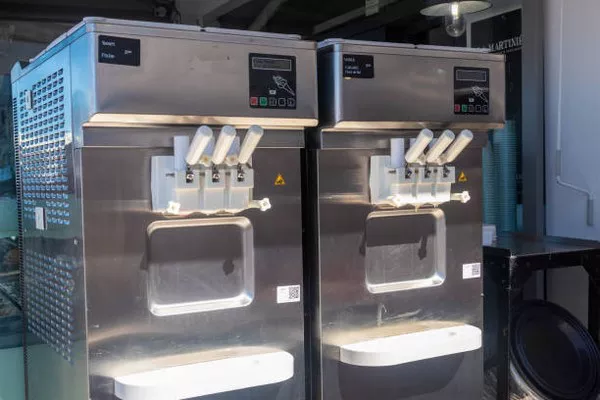As hurricane season approaches, running a portable generator can be essential for restoring power during outages. However, safety is paramount, especially given the risks associated with using generators in wet conditions.
Rain can damage generators and increase the risk of electrocution. Authorities like the Occupational Safety and Health Administration (OSHA) and the Red Cross emphasize that generators should never be operated indoors or in enclosed spaces due to the dangers of carbon monoxide (CO) poisoning from exhaust fumes.
Recent online searches reveal a growing concern among homeowners about using generators in the rain. Experts unanimously advise against it unless the generator is protected by a suitable cover or canopy. If operating a generator during wet weather, it should be placed on a dry surface outside, shielded from rain, and at least 20 feet away from the home. Using a tarp or a canopy-like structure is recommended to protect the generator while allowing for ventilation.
Furthermore, it’s crucial to avoid handling the generator with wet hands or working on its electrical components while standing in water. In severe weather conditions, such as hurricanes, it’s best to refrain from using the generator entirely, as high winds can displace coverings, exposing the equipment to rain.
To further enhance safety, homeowners should ensure that windows and openings near the generator are closed and that the exhaust is directed away from buildings to prevent CO from entering. Symptoms of carbon monoxide poisoning, which include dizziness, headaches, nausea, and fatigue, require immediate attention and fresh air.
By following these guidelines, homeowners can safely utilize their generators during hurricane season and mitigate the associated risks.
You Might Be Interested In

